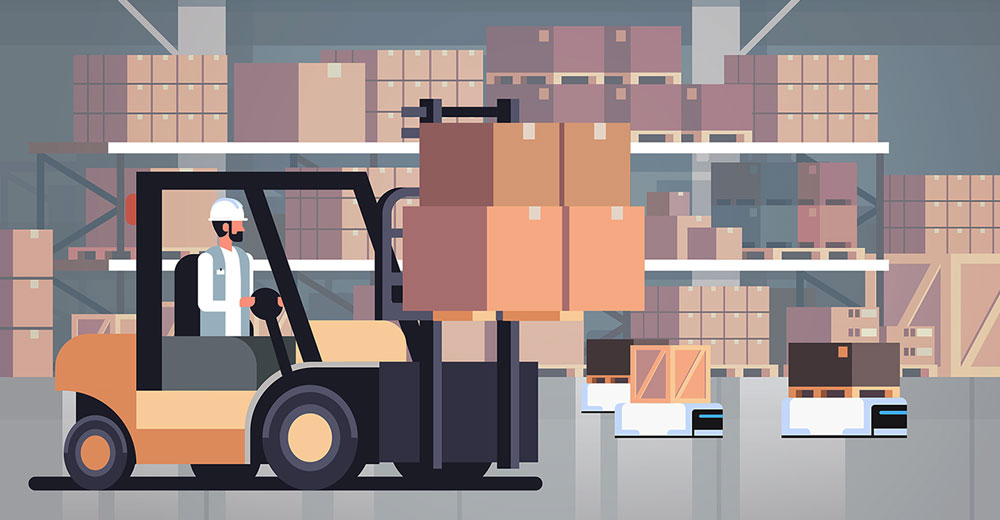Online shopping returns cost retailers billions of dollars, pump tonnes of carbon dioxide into the atmosphere, and dump billions of pounds of waste into landfills, according to a global plastics cleanup company report.
In 2022 alone, returns cost online retailers US$816 billion, as noted in the report by CleanHub.
Every year, customers return up to 30% of products bought online — three times the amount returned to brick-and-mortar stores — it continued, producing 24 million metric tonnes in CO2 emissions.
The report added that after an item is returned, retailers often find it cheaper to discard it than resell it. In 2022, that resulted in 9.5 billion pounds of returns sent to landfills.
CleanHub VP of Marketing Nikki Stones maintains that convenience contributes to the disproportionate number of online returns. “Online shopping is designed to be as easy as possible,” she told the E-Commerce Times.
“Buyers try at home, and if the product doesn’t meet expectations, it can simply be returned with very little effort. For in-store purchases, buyers have to physically take the unwanted product back to the store.”
There’s also a fundamental difference between online shopping and buying in a brick-and-mortar store that boosts returns. “The stark contrast in return rates between online and in-store purchases is primarily due to the inherent limitations of online shopping,” explained Jason Davis, founder of Makarios Marketing, an SEO consulting company in Henrietta, N.Y.
“Consumers cannot physically interact with products, leading to mismatches in expectations around fit, quality, and appearance,” he told the E-Commerce Times.
Mountainous Problem
According to a recent returns survey by returns management company goTRG conducted with more than 500 U.S.-based retailers, 49% of retailers now find returns to be a severe problem, especially during the holiday season.
“This sentiment has grown by a whopping nearly 3,000% since September 2022, when about only 2% of retailers indicated this was a severe issue,” said goTRG CEO Sender Shamiss.
“The increasing volume of online shopping, coupled with the ease of return policies, has contributed to this trend,” he told the E-Commerce Times. “Typically, e-commerce businesses see a return rate ranging from 20% to 30%, with contributing factors such as customer dissatisfaction with the product, incorrect sizing, or a mismatch between the actual product and the customer’s expectation.”
Unmanaged returns represent a significant cost associated with damages during transportation or storage of returned items, such as clothing, electronics, or plastic items, he added.
“Since many retailers lack the infrastructure to manage these returned goods effectively and restore them to perfect conditions for their customers, they end up selling distressed items at significantly reduced prices to liquidators, or worse, disposing of them entirely,” he said.
“What can be done to prevent returned products from ending up in landfills is for retailers to become active participants in the circular economy,” he advised.
“While the majority of returns cannot be immediately restocked, they can still be saved through refurbishment and restoration services by reverse supply chain specialists to like-new condition. Then, either re-listed on the original marketplace or sold on various secondary marketplaces, aka ReCommerce solutions.”
“If more retailers worked with returns management and reverse logistics service providers,” he continued, “then millions of pounds of products could have a second shelf rather than contribute to the 9.5 billion pounds of returns that end up in landfills.”
“The 9.5 billion pounds of returns ending up in landfills is alarming yet unsurprising,” added Davis. “Solutions lie in innovative logistics, like streamlined return processes that integrate quality checks and immediate restocking and leveraging technology for better product visualization to reduce return rates.”
Clothing Disallowance
The CleanHub report also identified packaging as a significant contributor to online shopping’s negative environmental impacts.
Online shopping generates 4.8 times more packaging waste than brick-and-mortar stores, the report noted. “Online shopping requires extra packaging to ensure that products are well protected and reach the buyer in perfect condition,” Stones said. “Some retailers also encourage customers to apply extra materials in the returns process.”
The report pointed out that while retailers encourage customers to use original packaging for their returns, some also provide guidance for extra packaging materials. Shoppee, for example, tells customers that if the original packaging is damaged, “securely tape the products and wrap them with at least 1-2 rolls of bubble wrap.”
Once returned to warehouses, the report continued, workers unwrap, process, and often re-package products for resale. Some 91% of all plastic packaging waste will eventually end up in landfills or polluting the environment, highlighting the detrimental impact of unnecessary packaging.
The CleanHub report also noted that fashion is a major source of returns for online shoppers. There is an average 32% return rate for clothing compared to 7% for consumer electronics. Customers who try on clothes — or even wear them once before returning — make it difficult to resell the items, meaning they often get sent straight to a landfill.
Buying Into Returns Management
Shamiss asserted, however, that retailers are starting to address the returns problem. Seventy-five percent have invested in enhancing their returns processes in the past year, with most investing between $1 million and $5 million, he noted.
“Even more telling,” he continued, “90% shared that they have increased their investments in this area compared to the previous year. These investments range from advanced return management systems, partnering with specialized third-party returns management services, and customer education on return policies.”
“For the first time in history,” he declared, “the returns problem decreased from $816 billion in 2022 to $743 billion in 2023. This should be interpreted not as a reduction in market size — as to the contrary retail and online sales have grown an estimated 4% to 6% — but rather as a strong indicator that the investments these retailers are making are paying off.”
Retailers are deploying innovative returns strategies via dynamic returns software with features like “keep it,” trusted customers, partial refunds, instant exchanges, instant credits, additional drop-off options, and more, he added. These options enhance the post-purchase experience by offering customers additional convenience and choice for their desired returns.
“Ultimately, the retailer can improve retention rates by up to 30% and save the sale by converting refunds into exchanges, store credits, or partial refunds,” he continued. “Furthermore, the right returns service provider can also help combat the $101 billion in fraudulent and abusive returns with the help of intelligent detection, identification, reporting, and prevention capabilities.”
More research about the environmental impact of returning online products is available at CleanHub.


























































Social Media
See all Social Media